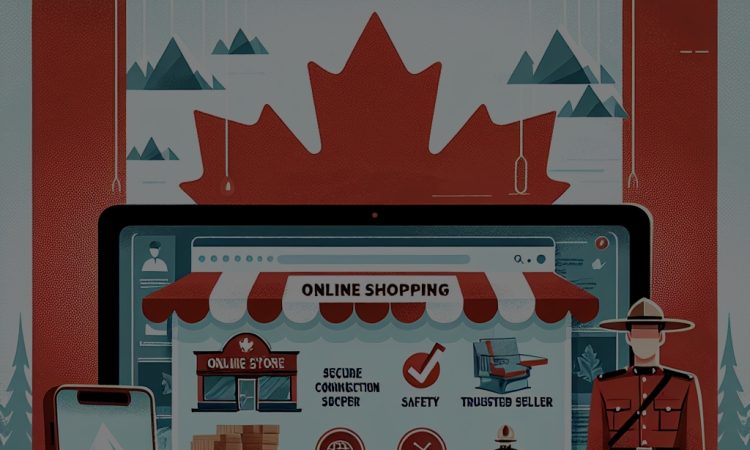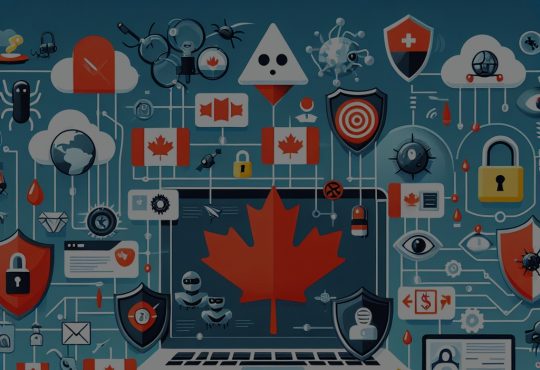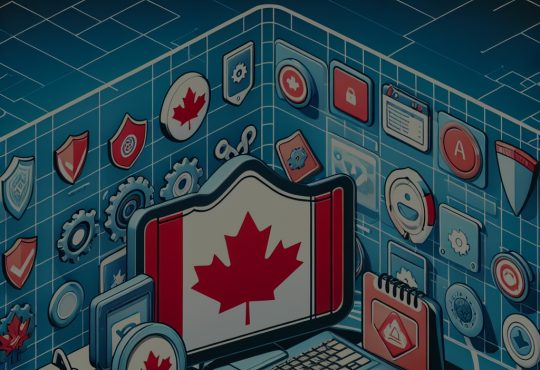
Online shopping has become an integral part of modern consumer behavior, offering convenience and a plethora of choices at our fingertips. However, with the rise of e-commerce, there are also increasing risks associated with making purchases online. In Canada, it’s essential for consumers to understand how to navigate the digital marketplace safely. This article provides essential tips for secure online shopping practices, identifying trusted retailers and payment methods, and protecting personal information while shopping online.
Understanding the Basics of Secure Online Shopping Practices
The foundation of safe online shopping begins with understanding secure shopping practices. One of the foremost tips is to ensure that the website you are visiting uses HTTPS, which signifies that the connection between your browser and the website is encrypted. Look for a padlock icon in the address bar, indicating that your information will be protected during transmission. Avoid websites without this security feature, especially when entering personal or financial information.
Another critical practice is to keep your devices and software updated. Cybercriminals often exploit vulnerabilities in outdated systems. Regular updates not only improve the functionality of your devices but also patch any security loopholes. Additionally, consider using reputable antivirus software to protect against malware and phishing attacks, which can compromise your online shopping experience.
It’s also advisable to create strong, unique passwords for your online shopping accounts. Weak passwords can be easily guessed or cracked by hackers. Utilize a combination of letters, numbers, and special characters and consider using a password manager to help keep track of your credentials securely. Change your passwords periodically and avoid reusing the same password across multiple sites.
Lastly, be cautious about public Wi-Fi networks when shopping online. These networks can be breeding grounds for cybercriminals looking to intercept your data. If you must use public Wi-Fi, consider employing a virtual private network (VPN) to encrypt your online activities. This added layer of security can significantly reduce the risk of your information being compromised.
Identifying Trusted Retailers and Payment Methods in Canada
Knowing how to identify trusted retailers is paramount for safe online shopping. First, research the retailer’s reputation by reading customer reviews and checking ratings on established platforms. Websites like Trustpilot or the Better Business Bureau can offer insights into a retailer’s reliability. Look for established brands or retailers that have been in business for a significant period, as they have a reputation to uphold.
Additionally, verify contact information and the presence of a physical address on the retailer’s website. Legitimate businesses often provide multiple contact methods, including telephone numbers and email addresses. If a retailer only offers a contact form or has vague information, it should raise a red flag. Test the communication channels to ensure they respond adequately and promptly.
When it comes to payment methods, opt for credit cards over debit cards or bank transfers. Credit cards typically offer better consumer protection, including the ability to dispute unauthorized charges. They also do not directly link your bank account to the retailer, reducing your risk in the event of a data breach. Some credit cards also offer added security features, such as temporary card numbers for online purchases.
Finally, consider using digital wallets like PayPal, Apple Pay, or other secure payment platforms. These services act as intermediaries, allowing you to make purchases without directly sharing your financial information with the retailer. This minimizes the risk of your credit card details being stolen and enhances your overall security while shopping online.
Protecting Your Personal Information While Shopping Online
Protecting your personal information is crucial when engaging in online shopping. When creating accounts on shopping sites, only provide necessary information. Many retailers ask for excessive personal details, but you should only share what is absolutely required for the purchase. This minimizes the amount of personal information available in case of a data breach.
Be wary of unsolicited emails or messages offering deals or promotions. Phishing scams often masquerade as legitimate retailers, attempting to trick consumers into providing personal or financial information. Always verify the legitimacy of such communications by checking the sender’s email address and not clicking on suspicious links. When in doubt, access the retailer’s website directly through your browser rather than through links provided in emails.
Another important tip is to review the retailer’s privacy policy. This document details how your information will be collected, used, and protected. A trustworthy retailer should clearly state their policies and comply with Canadian privacy laws, such as the Personal Information Protection and Electronic Documents Act (PIPEDA). Understanding your rights regarding your personal information can help you make informed decisions about where to shop.
Lastly, consider enabling two-factor authentication (2FA) on your accounts whenever possible. This adds an extra layer of security by requiring not just a password but also a second form of verification, such as a code sent to your mobile device. By implementing 2FA, you can protect your online shopping accounts from unauthorized access even if your password is compromised.
Safeguarding your online shopping experience in Canada requires attentiveness and understanding of secure practices. By familiarizing yourself with secure shopping basics, identifying trustworthy retailers and payment methods, and protecting your personal information, you can significantly reduce the risks associated with online shopping. As e-commerce continues to evolve, staying informed and vigilant is the best way to ensure a safe and enjoyable shopping experience. Armed with these essential tips, you can navigate the digital marketplace with confidence.






